De TU Delft bestaat 175 jaar! Daarom wordt er een extra grote TU Delft Research Exhibition gehouden van 6 t/m 8 juni op twee locaties op de campus: The Green Village en de TU Delft Library. De Exhibition is Nederlands grootste wetenschapstentoonstelling en behelst dit jaar 175 innovatieve onderzoeksprojecten over o.a. health, robotics en energy.
Er zijn speed lectures van o.a. Intel, KLM, Cordaid en Shell en zijn er excursies naar TUD onderzoeksfaciliteiten (zoals de Boeing-romp en de reactor) te maken die normaliter gesloten zijn voor bezoek. Doel van het event is om de onderzoekers in contact te brengen met mogelijke samenwerkingspartners uit het bedrijfsleven, overheid en kennisinstellingen. Dinsdag 6 juni staat het programma in het tegen van bedrijfsleven.
Inschrijven: www.tudelft.nl/exhibition. In verband met de grote belangstelling is inschrijven vooraf noodzakelijk! Het hele programma kun je hier bekijken. Benieuwd naar de speedlectures met interessante sprekers? Kijk dan hier.
1. Acoustics by parametric Design and Additive Manufacturing
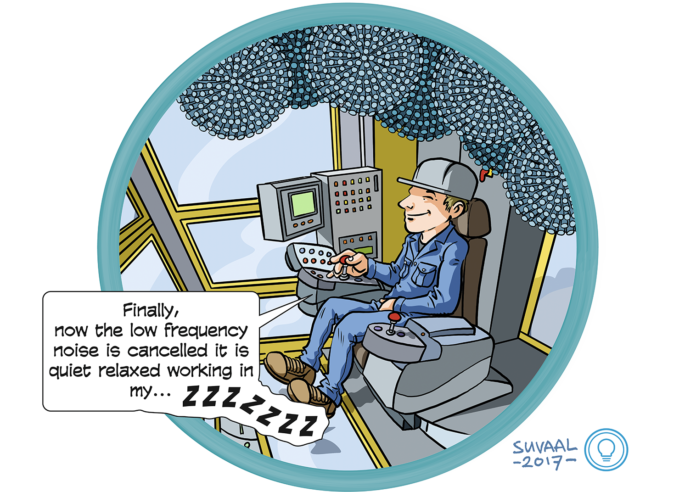
Why?
Cancelling out undesired low frequencies is hard to do effectively and limits architectual freedom. Our novel passive sound absorbing method offers an easily customisable solution.
When?
The method is being demonstrated in three typical application areas. Further scale up involves developing design software for easy application of the technology by architects.
How?
Tubes integrated in a 3D printed geometry such as a curved panel or freestanding form apply Passive Destructive Interference to cancel out a specific, tuneable, frequency band. It does so especially effective for lower frequency ranges (heavy machinery, airplanes).
Foteini Setaki, bouwkunde http://www.digit.tudelft.nl/#project/68
2. Cleaning water effectively with sunlight
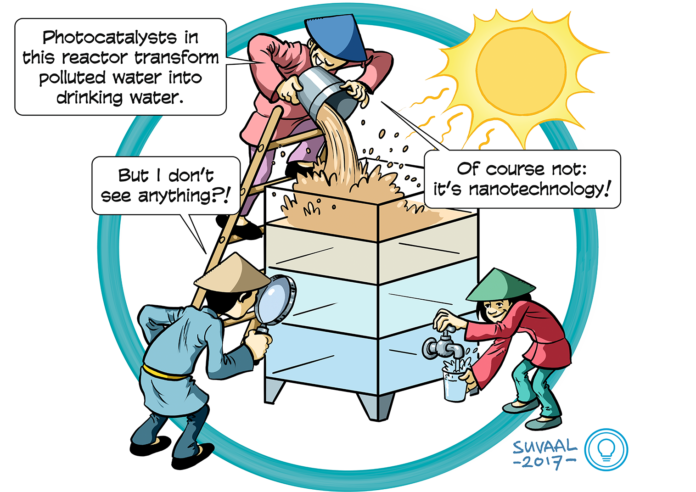
Why?
Polluted water is a problem especially in developing countries, prompting a need for a cheap water cleaning device. Photocatalysts could enable the application of household scale photoreactors for this purpose. Current photoreactors/catalysts do not perform well enough for practical application.
When?
Field-tests in Vietnam are due in 2019. Further collaborations with companies active in developing countries are sought.
How?
We use nanostructuring, with gas phase deposition technology, to tune and enhance the characteristics of photocatalytic materials. The improved photocatalysts will be fixated on a substrate and incorporated in an improved prototype photoreactor.
Ruud van Ommeren, technische natuurkunde http://www.digit.tudelft.nl/#project/73
3. Next level in satellite miniaturisation
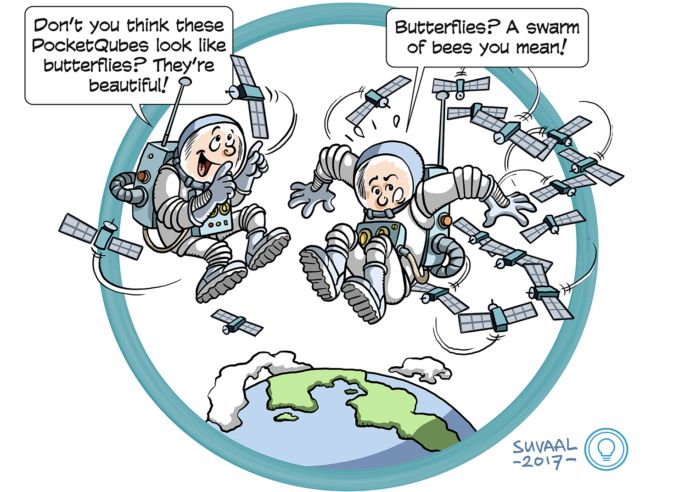
Why?
Delfi-PQ is the next level in satellite miniaturisation: it’s eight times smaller than its predecessors Delfi-C3 and Delfi-n3Xt . It functions as platform for technology demonstration and hands-on education.
When?
Delfi-C3 was launched in 2008 and Delfi-n3Xt in 2013. Delfi-PQ will be developed iteratively and expected to be launched in 2018. From there onwards, annual launches of Delfi satellites are foreseen.
How?
Miniaturisation of space technology and distributed space systems are key research themes driving the development of Delfi satellites. Miniaturisation is beneficial because of cheaper launches, more potential payload volume and the ability to be applied as swarm or large constellation.
Jasper Bouwmeester, aerospace http://www.digit.tudelft.nl/#project/78
4. Real-time quality assurance

Why?
In proton therapy, the radiation dose is delivered at a specific location (the Bragg peak). This location is sensitive to small anatomical changes and therefore real-time quality assurance of the delivered dose is paramount.
When?
HollandPTC plans to commence treatment of patients before the end of 2017. Prompt gamma imaging will be developed and validated at HollandPTC within the next few years. Thereafter, commercial development will be pursued in collaboration with Varian Medical Systems.
How?
Protons undergo nuclear interactions that result in emission of prompt gamma rays. These can be detected and give insight in the delivered dose distribution. This research investigates how to translate this signal into a dose.
Dennis Schaart en Eelco Lens, technische natuurkunde – health http://www.digit.tudelft.nl/#project/88
5. Printed flexible silicon electronics on paper

Why?
Our new production process for printed flexible electronics makes it possible to print high performance chemically stable crystalline silicon on flexible, biocompatible or biodegradable substrates such as paper.
When?
The process has been developed, optimised and patented. Basic circuit components have been fabricated, confirming superior performance and improved chemical stability. Next step is to develop a complete sensor system.
How?
The new process uses a novel ‘silicon ink’ that uses UV light to cure instead of the traditional very high temperatures. Because crystalline silicon can be used, there is no need for poor performing and often toxic organic inks.
Ryoichi Ishihara en Miki Trifunovic EWI, high tech http://www.digit.tudelft.nl/#project/94
6. Wireless e-bike charger
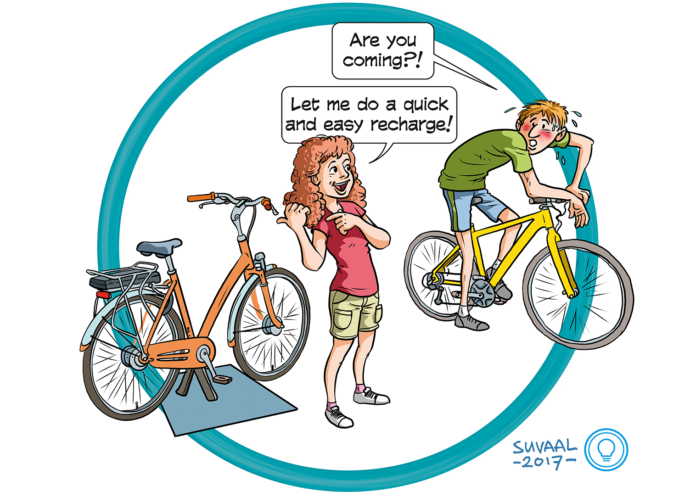
Why?
An e-bike’s modified double legged kickstand uses the magnetic field generated by the tile to charge its battery. The tile is fully automatic, vandalism proof and can be integrated invisibly in urban design.
When?
The technology is ready for commercial application. The aim is to develop a <100 euro kit that can be added to every e-bike to enable it to use the wireless charging system.
How?
An e-bike’s modified double legged kickstand uses the magnetic field generated by the tile to charge its battery. The tile is fully automatic, vandalism proof and can be integrated invisibly in urban design.
Peter van Duijsen, energy mobility http://www.digit.tudelft.nl/#project/99
7. SoSEAL: Soil Sealing

Why?
In-situ permeability reduction by SoSEAL allows control of unwanted seepage on large scales, while being a cost-effective alternative to existing techniques with an additional self-healing capacity and low impact to the surrounding environment.
When?
The first pilot has been carried out and shows promising results. More field tests are performed within the next years in close cooperation with our commercial partners to develop the necessary knowhow for application.
How?
SoSEAL is inspired by the podzolisation process, in which metal-organic matter precipitates form an almost impermeable soil layer. The parallel development of applied in-situ technology and fundamental insights into processes within the project is unique.
Timo Heimovaara en Susanne Laumann, civiele techniek en geowetenschappen http://www.digit.tudelft.nl/#project/59
8. Tackling the Grand Challenges through theatrical games
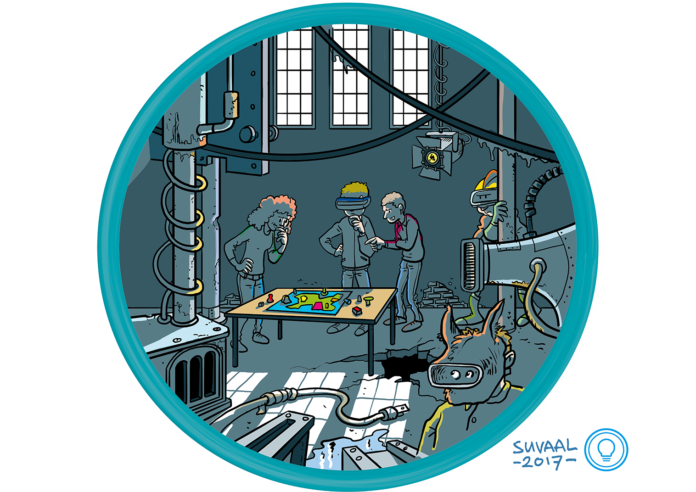
Why?
Games have proven to be more effective than classroom education, professional training, or policy workshops to tackle the Grand Challenges of today’s society. Adding elements from theatre will even further enhance a game’s ability to do so.
When?
The Parsifal Playingfields game was a major field experiment in this research. Several design principles and learning outcomes were established. We welcome external partners to join our explorations and make societal impact.
How?
Players of theatrical games are intensely confronted with their own values and behaviour in an immersive environment. Such embodied experiences produce deep learning and readiness to change one’s behaviour and its underlying values. We develop these games and design principles.
Rens Kortmann en Arlon Luijten, technische bestuurkunde http://www.digit.tudelft.nl/#project/106
9. Designing behaviour of 3D-printed soft robots

Why?
The benefits of soft materials in robotics (compliance, lightweight, safe) enable new robotic products with improved human-robot interaction. The behaviour of these soft robotic products can be embedded throughout their 3D-printed design.
When?
A software programme that uses mathematical methods such as topology optimisation to generate designs with the desired behaviour is being develop. This enables industrial application of customised soft robotic grippers and orthotics in a couple of years.
How?
In soft robotics, form and function are closely intertwined: actuators and sensors can be directly 3D-printed and changes in their form and material distribution can customize their behaviour.
Rob Schraff, industrial design robotics http://www.digit.tudelft.nl/#project/113
10. Resourceful ageing

Why?
We develop innovative methods that combine IoT, machine learning and ethnography in iterative loops, to design products and services that empower elderly people to live resilient, independent lives, in which they remain in control.
When?
The first IoT prototypes are being deployed, which will collect data about everyday patterns of resourceful living. The data will be analysed using machine learning and used in ethnographic interviews to generate insights that can inspire designers to enable and facilitate resourceful ageing.
How?
The first IoT prototypes are being deployed, which will collect data about everyday patterns of resourceful living. The data will be analysed using machine learning and used in ethnographic interviews to generate insights that can inspire designers to enable and facilitate resourceful ageing.
Elise Giaccardi en Iohanna Nicenboim, industrial design health http://www.digit.tudelft.nl/#project/123
11. Building a synthetic cell

Why?
The bottom-up construction of a living cell will unveil life’s fundamental nature. It raises fascinating philosophical and ethical questions, and holds great promise for novel biotechnological and medical applications.
When?
The creation of an autonomous cell from scratch is a >10-year-long endeavour. Intermediate, shorter-term, milestones include: tailored synthesis of lipids for the industry, and a cell-free division machinery for testing antibiotics.
How?
A minimal set of individual lifeless components are used as molecular building blocks to reconstruct life-like functions and eventually an entire synthetic cell. This project cuts across discipline boundaries between biology, chemistry and biophysics.
Christophe Danelon, Marileen Dogterom en Cees Dekker, levenswetenschappen en health http://www.digit.tudelft.nl/#project/36
























